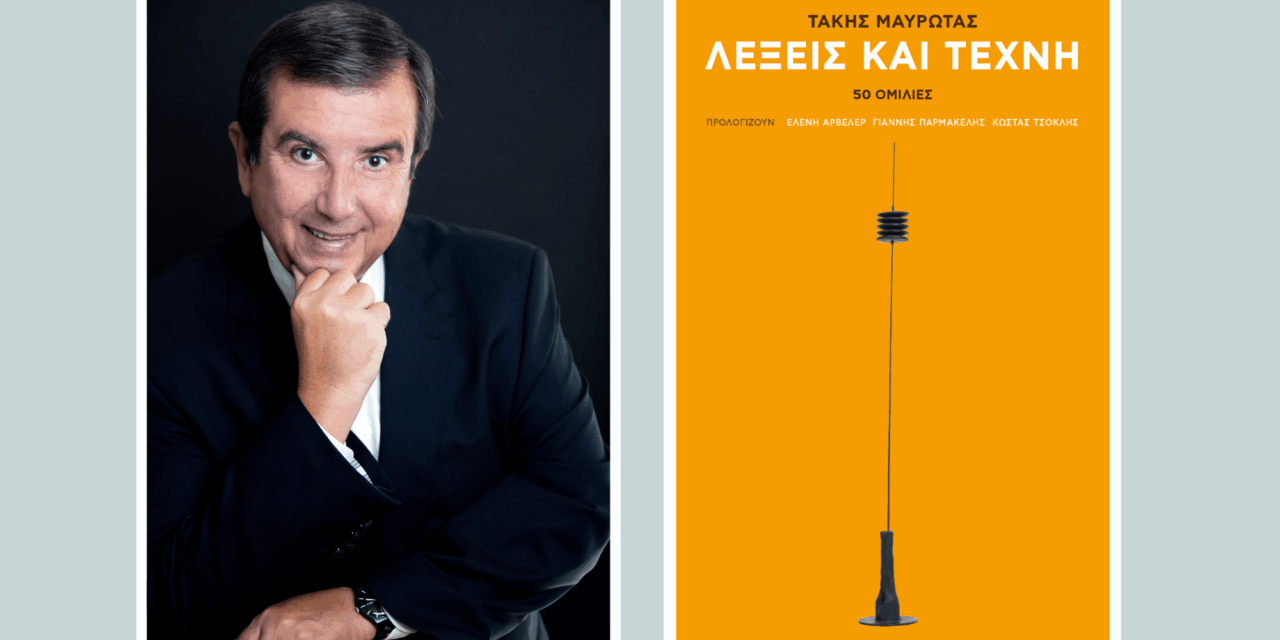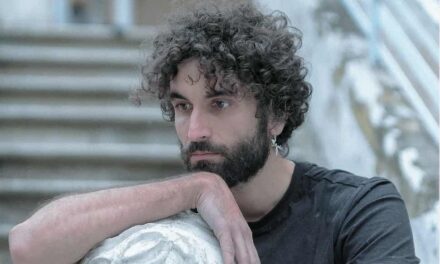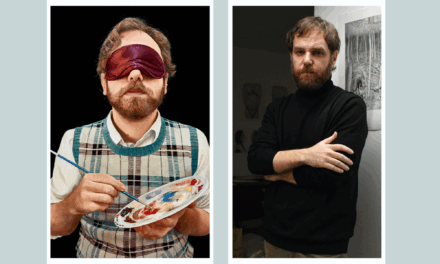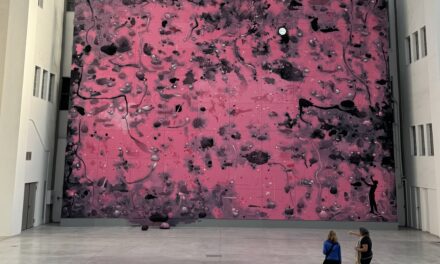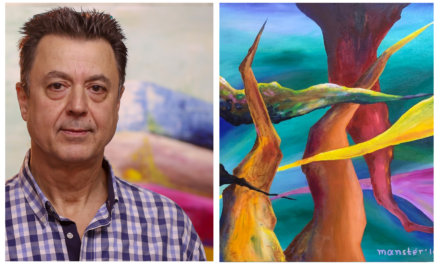Takis Mavrotas is a distinguished Greek art critic, curator and writer whose career has been devoted to illuminating the dialogue between artists and audiences. Currently the Director of the Visual Arts Program at the B. & M. Theocharakis Foundation, he has curated countless exhibitions in Greece and abroad. His thoughtful approach has earned him recognition from prestigious institutions such as the Academy of Athens.
Beyond his curatorial work, Takis Mavrotas is known for his profound respect toward artists and his belief that great art is a refuge and a guide toward higher values. His most recent book, Words and Art | 50 Speeches, gathers decades of reflections on exhibitions ranging from Picasso and De Chirico to Gounaropoulos and Fassianos, bridging international modernism with the richness of Greek creativity.
Takis Mavrotas is the Director of the Visual Arts Program at the B & M. Theocharakis Foundation. He has served as Director of the Pierides Gallery and as a board member of the National Gallery, the Greek Festival, the European Cultural Centre of Delphi and the National Sponsorship Committee of the Ministry of Culture. He has been a member of AICA for the past 30 years. He has curated over 120 exhibitions in Greece and abroad and has published hundreds of art-related texts in catalogues, newspapers and magazines. In 2023, the Academy of Athens honored him with its Award for Letters and Fine Arts.
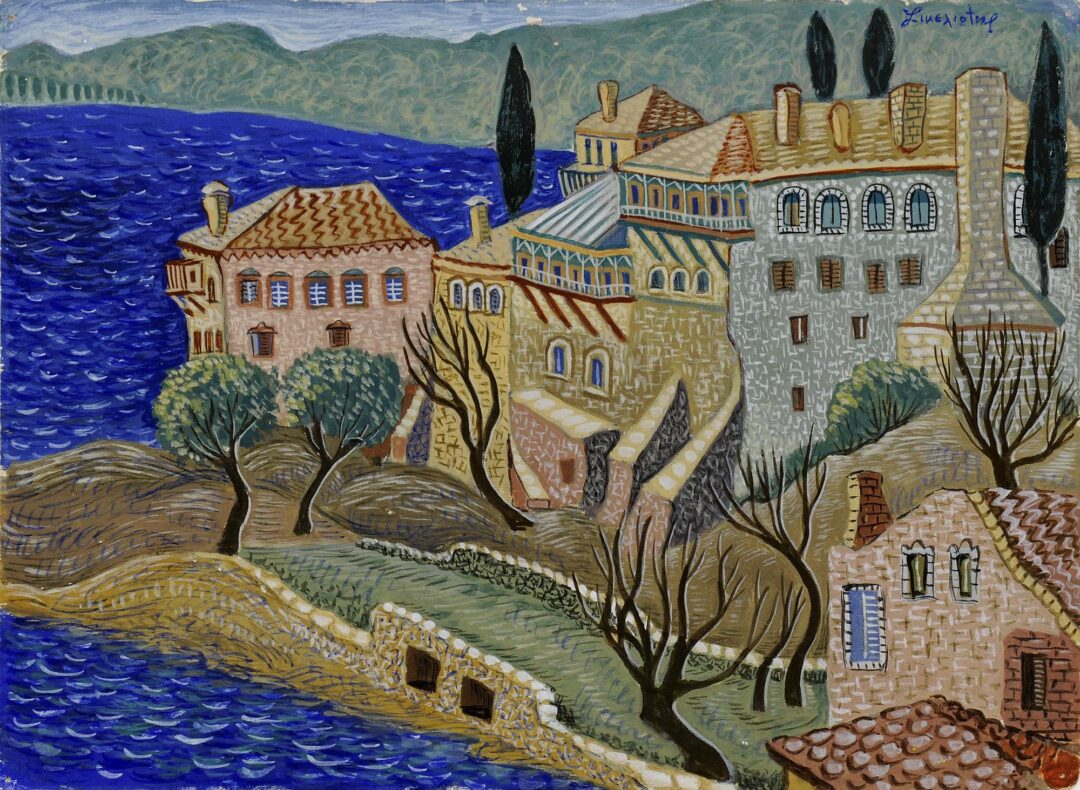
In an interview with Greek News Agenda*, Takis Mavrotas shares his enduring passion for art. Through his reflections, we gain not only insight into contemporary art but also a profound reminder of the enduring power of creativity, sincerity and respect for artistic expression.
What first drew you to art and how has it, over the years, defined you as a person?
I owe deep gratitude to two great figures: Giorgos Sikeliotis and G.P. Savvidis, who, each in his own way, decisively shaped my path.
Sikeliotis, my mother’s brother and distinguished painter of the “Generation of the ’30s”, introduced me from an early age to the world of art. Through him, I discovered the richness of painting and encountered leading artists both in Greece and France. Savvidis, an eminent literary scholar and Harvard professor, inspired me to dedicate myself to art criticism and to consistently pursue my path as an art critic. Engaging with art has taught me to approach life in its timeless dimension, to draw upon spiritual uplift and to put temporary adversities into perspective.
In your book Words and Art, you discuss prominent Greek artists. Who do you consider to have left their mark on contemporary Greek art?
I believe that all the artists featured in the book, each with their own personal style, have significantly contributed in shaping contemporary Greek art, leaving their indelible mark.
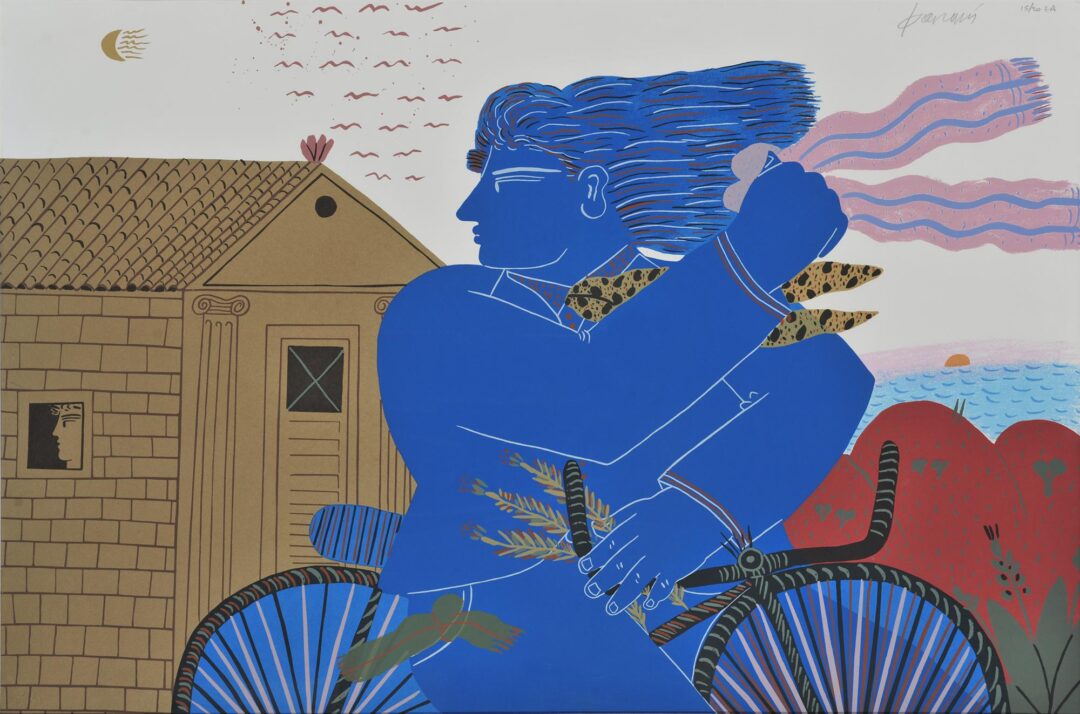
Over the years, you have curated exceptional art exhibitions. What is it that makes an exhibition successful?
A successful exhibition must offer a fresh perspective. To achieve this, curators must undertake a deep study of the artist’s work to grasp the essence of their creation and create the conditions for a distinctive presentation.
Success is measured by the completeness of the selection of representative works, the harmonious aesthetic arrangement within the exhibition space and the meticulously documented catalogue that accompanies them.
How do you evaluate contemporary artistic creation in Greece? Do you believe it is in dialogue with international trends? Are there Greek artists with the potential to gain recognition abroad?
Artistic creation in Greece is vibrant and noteworthy, with many brilliant examples. We can take pride in artists such as Takis, Chryssa, Kounellis, Antonakos, Fassianos, Pavlos and Daphnis, among others, who have rightfully earned a distinguished place on the international art scene. At the same time, there are numerous contemporary Greek artists whose high-quality work could be recognized abroad, provided that Greece pursues a consistent cultural policy to promote their work beyond its borders.
What is art for you? Under what conditions can a creation be considered a work of art?
Art serves as a compass, guiding us toward the Sublime and the Beautiful; it serves as a secure refuge whenever we seek the solace of stability. A work that reflects aesthetic principles, truth and emotion qualifies as a true work of art. Art exists only in terms of authenticity and quality.
What is the role of the artist today? Should the artist challenge and provoke, or simply express their inner world?
The artist’s foremost responsibility is to be genuine and sincere, free to express what they feel and think. Creation is a sacred act, as we realize when we consider the enduring legacy of great artists across the centuries.
How would you describe the relationship between the Greek public and art?
I am filled with hope every time I see young children visiting the B. & M. Theocharakis Foundation with such enthusiasm. I frequently attend their guided tours and feel proud of the future of our country. I am delighted to see the great success of MoMA’s series of children’s books, published in Greek by Melissa, which introduces children to the works of Degas, Magritte, Matisse and others.
I strongly believe that in order to enhance the role of art in society, we need a more effective promotion through social media and connections with areas that traditionally attract young people, such as sports and music.
*Interview by Dora Trogadi

